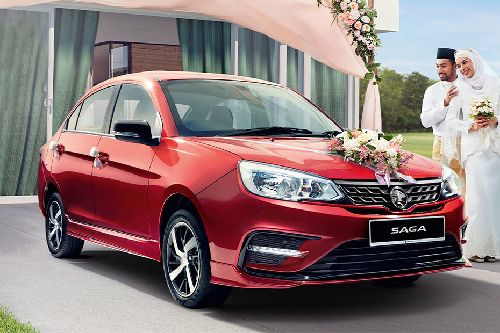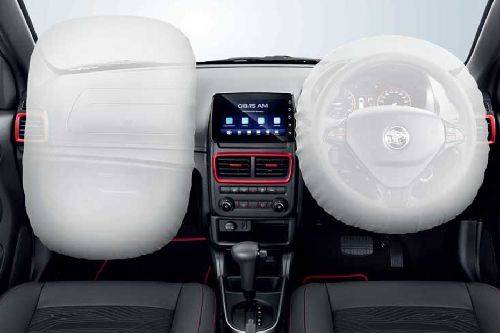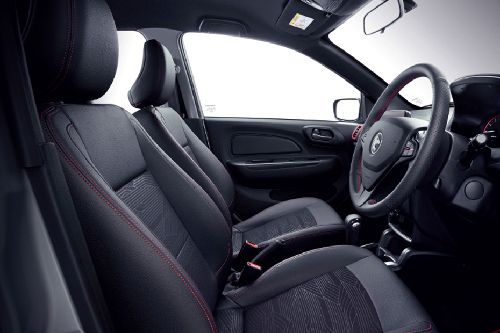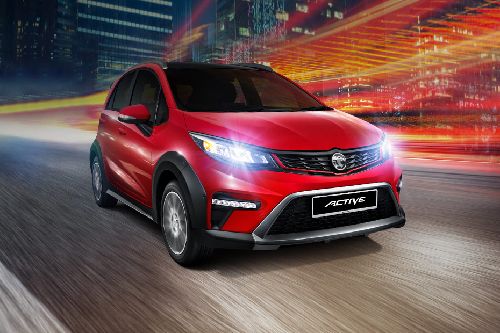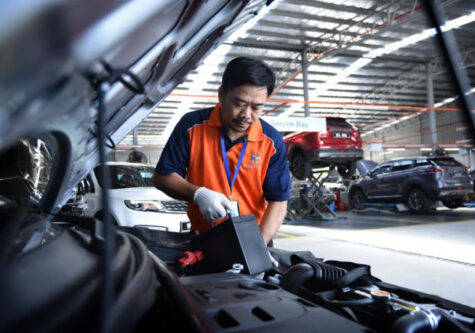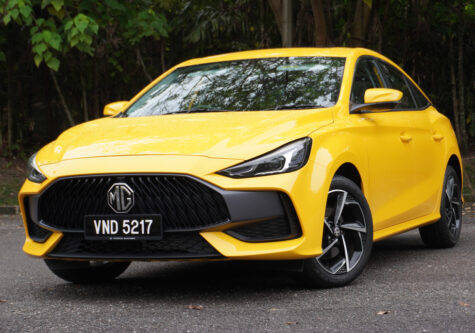#10YearChallenge - Proton Saga 2010 vs 2020

The second generation Proton Saga that was available in Malaysian markets back in 2010 was first introduced in 2008. It came as a successor to Proton's first-ever model that was introduced in 1985 and stayed in production until the introduction of the second-gen model. Unlike the first generation sedan which was available in both 5-door hatchback and four-door sedan body types, the second generation model was only offered as a four-door saloon. This second-generation model was discontinued at the end of 2010 and a facelifted version of Saga was introduced.
The 2020 Proton saga was introduced last year and is currently on sale with prices starting at RM 32,800 going all the way up to RM 39,800 across the sedan’s three variant line up. The new model recently received a mid-life facelift which will only go on to promote its sales that have been exceptional over the course of Saga’s three-decade-long run. Let’s take a look at what updates the popular sedan has gone through over the course of the last decade.
Visual appeal
Exterior highlights of the second generation pre-facelift Proton Saga included halogen reflector headlamps and located right in the middle of the front-end, a large a dam that featured a piano black, glossy finish panel that also housed the number plate. The car also came equipped with fog lamps. Proton also offered a body kit that was exclusive to the SE trim level of the second generation Saga sedan. The 2010 model did not feature any major design highlights like prominent character lines or multiple sharp edges and creases.
At the front of the all-new 2020 Proton Saga, we find an infinite weave grill which draws its inspiration from the X70 and is accentuated with a chrome trim underline. The front bumper gets a more sculpted design which gives the car a much more pronounced stance and houses floating LED daytime running light units. The grill sits in the middle of two halogen headlamps and the 2020 Proton Saga rides on 14-inch wheels as standard and there is also an option of 15-inch dual-tone, diamond cut finish alloy wheels. All variants now come equipped with a small spoiler at the rear which has been designed to enhance the car's aerodynamics.
Features
In 2010, the second-gen Proton Saga was offered equipped with a hydraulic rack and pinion power steering system as standard. On the 2010 Saga customers also had the option of a leather-wrapped steering wheel with perforated sections on the sides and contrasting white stitching. This leather accent was also found on the gear lever.
As for safety, the 2010 Proton Saga features seatbelts, rear parking sensors, rear defroster, hazard lights fog lights, ventilated disc brakes at the front and drum brakes for the rear wheels. The car rode on 14-inch alloy wheels which were wrapped in Yokohama tires. This model of Proton Saga also comes equipped with air-conditioning and dual front electric windows whereas the rear windows were offered with manual cranks. The second-generation Proton Saga came equipped with 413 liters of boot space.
The highlight of the 2020 Proton Saga's interior has to be the optional 7-inch touchscreen floating display that doubles as the infotainment system unit and sits right in the middle of the sedan’s dashboard. This is an impressive addition considering that this car is priced under the RM 40,000 mark. There is also a digital instrumentation cluster offered in the new model as standard along with other debuting features like electronic stability control.
The 2020 model also gets front brake rotors which have been updated from the previous model and are the same units as the ones offered in Iriz and Persona. These brakes have been designed to offer better braking performance. It offers 420 liters of boot space. The 2020 Proton Saga specs sheet includes Smartphone Connectivity, 4-Speaker Sound System, two Additional USB Charging Ports, Traction Control System, Hill Hold Assist, Front Parking Sensors, and Rear View Camera.
Powertrain
The 2010 pre-facelift Proton Saga was offered with the choice of a 5-speed manual or a 4-speed automatic gearbox. Second generation Proton Saga was powered by a 1.3-liter dual overhead cam, 16-valve, naturally aspirated, an inline four-cylinder motor that produced 98 bhp of power at 6500 RPM and 113 Nm of peak torque at 4000 RPM. The 2010 Proton Saga came equipped with a front-wheel-drive type.
The 2020 proton saga model also comes equipped with the 1.3-lite naturally aspirated unit. This is a VVT motor that produces 95 bhp of power and 120 Nm of peak torque. This model of Proton Saga no longer features a continuously variable transmission instead gets a 4-speed automatic gearbox which is much more refined and offers a better fuel economy than the previous unit. There is also a 5-speed manual gearbox option and the car continues to feature a front-wheel-drive type.
Over the last 35 years, Proton Saga has managed to hold its ground against the competition with extraordinary sales figures and one only has to look at either of these cars and they would understand the reason behind the success of Proton’s sedan. The company has managed to offer the Saga which is loaded with state of the art features of the time in a segment where cars are competitively priced. Even with its closest rival the Perodua Bezza, Proton’s Saga manages to offer the best value for money.
Sell your car at the best price
 Verified and genuine buyers
Verified and genuine buyers
-
Explore Proton Saga
Proton Car Models
Don't Miss
Trending & Fresh Updates
- Latest
- Popular
You might also be interested in
- News
- Featured Stories
Proton Featured Cars
- Latest
- Upcoming
- Popular
Compare & Recommended

|

|
|
Seating Capacity
5
|
5
|
|
Engine
1332
|
998
|
|
Power
94
|
67
|
|
Transmission Type
Manual
|
Manual
|
|
|
Trending Sedan
- Latest
- Upcoming
- Popular



